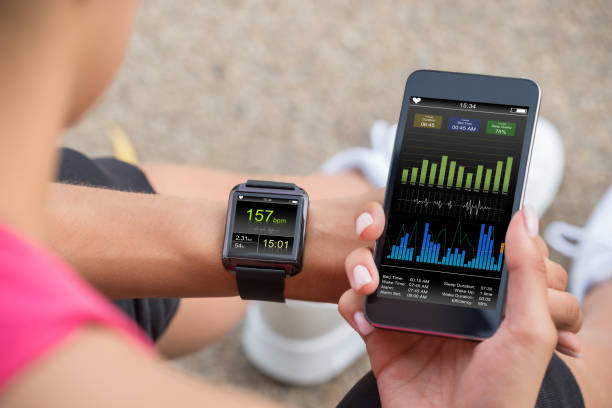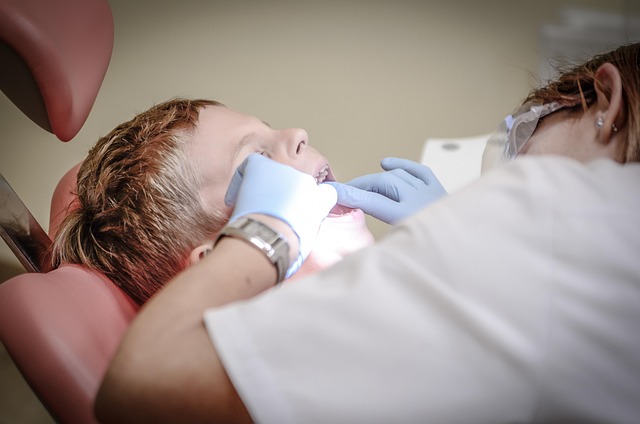Continuous Glucose Monitors: How They Work and Who Benefits
Continuous glucose monitors (CGMs) are wearable medical devices that measure interstitial glucose levels throughout the day and night, providing a continuous stream of data rather than isolated fingerstick readings. For people living with diabetes, CGMs can reveal patterns, trends, and rapid changes in glucose that inform daily decisions and longer-term treatment adjustments. These devices pair a small sensor with a transmitter and display platform, often a smartphone app or receiver. The continuous data supports more informed conversations between patients and healthcare teams and can reduce the need for frequent finger-prick testing.

This article is for informational purposes only and should not be considered medical advice. Please consult a qualified healthcare professional for personalized guidance and treatment.
What is a continuous glucose monitor and how does it measure glucose?
A continuous glucose monitor consists of a tiny sensor inserted just beneath the skin, a transmitter that sends readings, and a display (phone app or receiver). The sensor measures glucose in the interstitial fluid, which typically follows blood glucose with a brief lag. Readings are taken automatically at regular intervals, commonly every 1–5 minutes. The device translates electrical or enzymatic signals into glucose values, and many systems apply algorithms to improve accuracy. Users get both current glucose and trend data, enabling recognition of rising or falling levels before they reach extremes.
How can a monitor support diabetes management?
CGMs provide real-time visibility of glucose patterns, which can help people with diabetes make more precise insulin, eating, and activity choices. Trend arrows and alerts warn about rapid rises or falls, potentially reducing episodes of hypoglycemia or hyperglycemia. For people using insulin pumps, CGMs can integrate with automated insulin delivery systems to adjust insulin based on glucose data. Beyond immediate decisions, CGM reports—such as time in range and glucose variability—help clinicians and patients evaluate and adjust therapy over weeks or months for safer, more personalized care.
How do healthcare teams use CGM data in clinical care?
Healthcare professionals use CGM data to assess glycemic control beyond A1C and sporadic fingerstick values. Standardized metrics like time in range, percentage of time in hypoglycemia, and ambulatory glucose profiles enable objective discussion about daily patterns. Clinicians can review shared reports remotely, adjust medication schedules, and recommend behavioral changes. Diabetes educators and dietitians also use CGM trends to teach meal planning and activity timing. Data-sharing capabilities facilitate collaborative care but require attention to data accuracy and proper sensor placement for reliable clinical decisions.
What are the limitations and safety considerations of a medical device?
CGMs are medical devices and, like all devices, have limitations. Sensor accuracy varies by model and by glucose range; readings may lag behind blood glucose during rapid changes. Skin irritation or adhesive issues can occur at the insertion site. Users should understand device alerts, calibration requirements (if applicable), and when to confirm values with a blood glucose meter—especially when symptoms do not match readings. Batteries, firmware updates, and connectivity can affect performance. Regulatory approvals and instructions for use differ by country, so follow manufacturer guidance and consult healthcare providers about safe operation.
Choosing and using a glucose monitor in your area
When selecting a CGM, consider accuracy data, sensor lifespan, alert customization, compatibility with your smartphone or insulin pump, and data-sharing features. Local services—such as diabetes clinics, certified diabetes educators, and pharmacists—can provide hands-on training for sensor insertion, app setup, and troubleshooting. Insurance coverage and local regulatory availability influence which devices are accessible in your area. Trialing a system with clinical support helps determine whether its performance, alarm settings, and reporting meet your daily needs. Proper education on insertion technique and data interpretation improves outcomes and user confidence.
Continuous glucose monitoring has expanded the tools available for managing diabetes by offering continuous, contextual glucose information rather than isolated snapshots. While CGMs do not replace medical judgment, they provide a richer dataset for people and healthcare teams to interpret glucose patterns, reduce dangerous lows and highs, and tailor treatment. Understanding device capabilities, limitations, and how data will be used in care planning helps individuals make informed decisions about whether a CGM fits their health goals.






